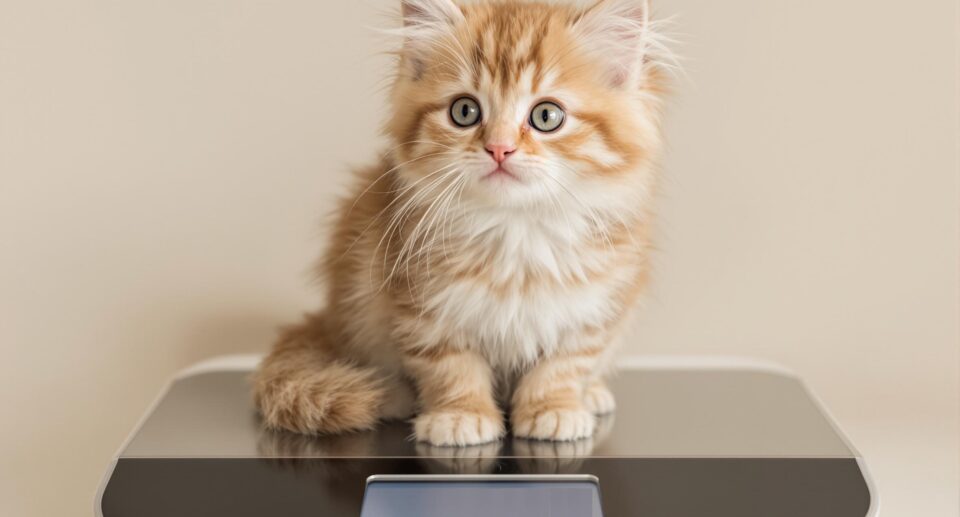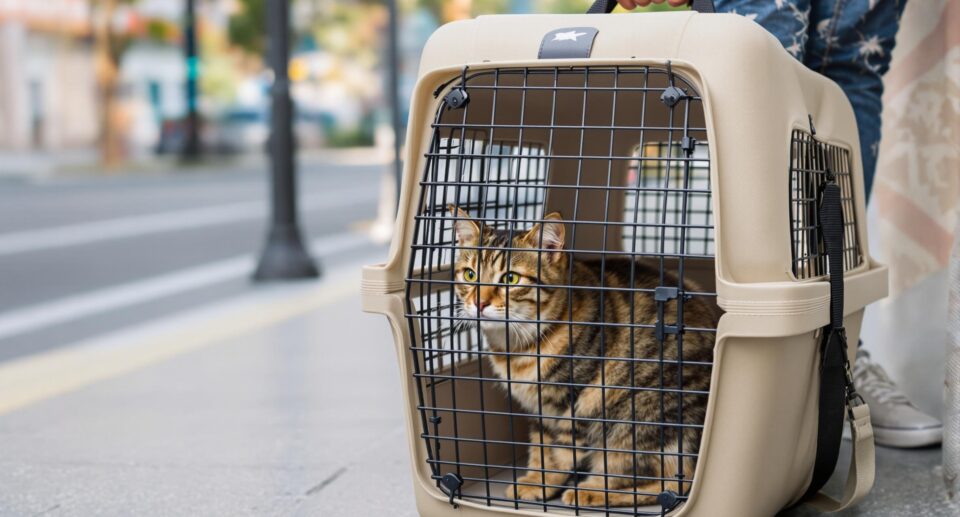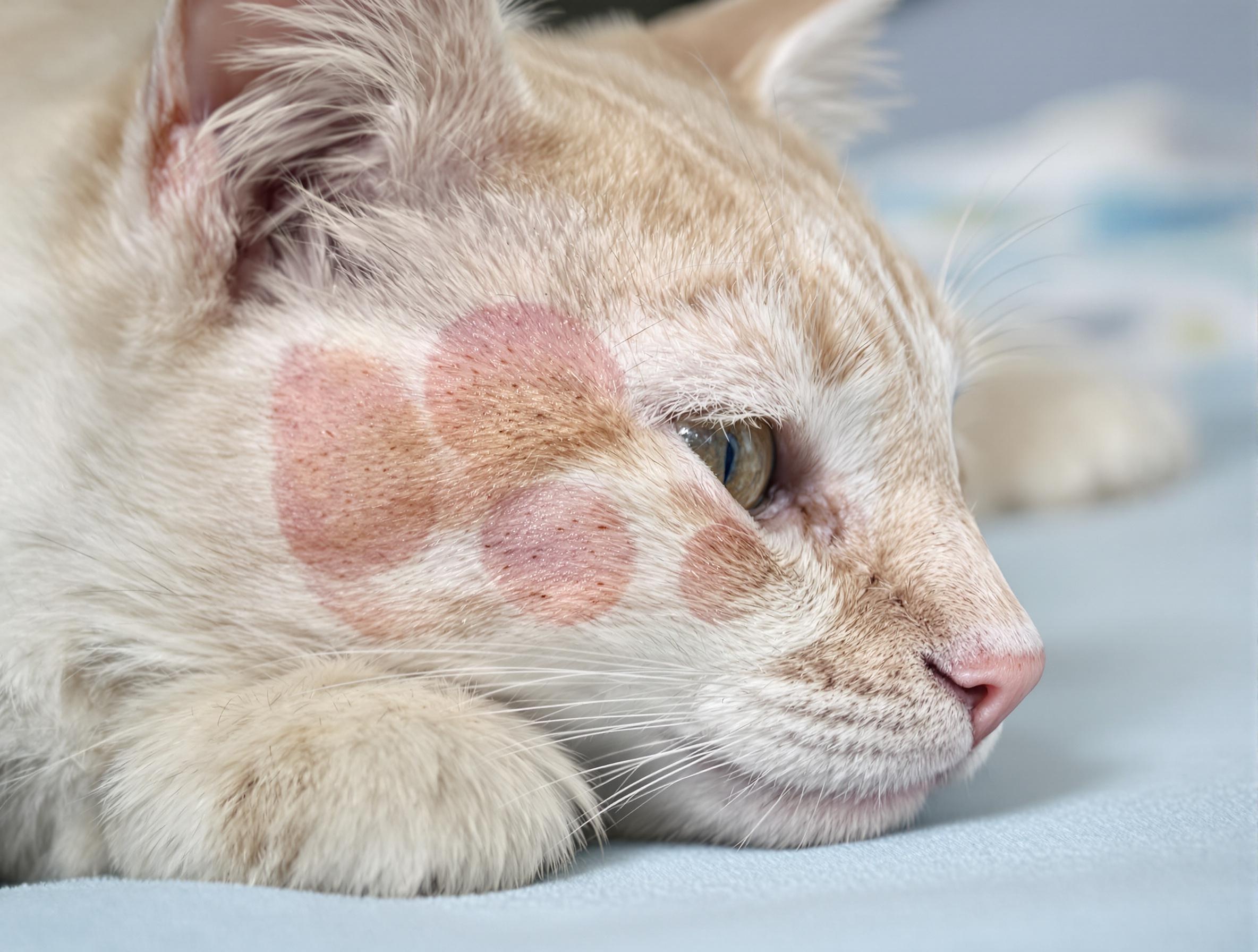Tracking How Much Your Kitten Should Weigh

Key Takeaways for Monitoring Kitten Growth
- Monitoring your kitten’s weight facilitates early detection of health concerns and confidence in caregiving.
- Utilize growth charts and regular weigh-ins to track your kitten’s development and adjust care as needed.
- Appropriate feeding sets the stage for a healthy life; consult with your vet for personalized guidance.
Bringing home a new kitten is a whirlwind of soft purrs, playful zoomies, and the constant wonder of how fast they grow. One minute, they’re fitting in the palm of your hand—and the next, they’re leaping across the couch. With all that growth happening so quickly, it’s natural to wonder: is my kitten gaining enough?
To keep your kitten on a healthy path, start by checking their growth regularly. Even small daily gains can tell you a lot about how they’re doing. Most kittens reach their adult size by the time they turn one, though larger breeds like Maine Coons can take up to two years to fully grow. When it comes to any questions about your kitten’s health, visit PetHealthMD and always check with your veterinarian. They’re the most qualified to spot problems early and provide the right advice.
Kitten Weight by Age: Understanding Healthy Growth
Watching your kitten grow is one of the most rewarding parts of being a pet parent. They start out at just 50 to 150 grams at birth, and with regular feeding and care, they gain about 100 grams a week. Many kittens weigh about one pound for every month of age, so a three-month-old kitten usually weighs around three pounds.
Of course, every kitten is different. Genetics can affect how fast they grow and their adult size. Most house cats finish growing by their first birthday, but bigger breeds may take a bit longer. Around six months, you might notice a soft belly pouch—that’s completely normal. Regular home weigh-ins, along with check-ins at the vet, can help you feel confident about how your kitten is doing.
Feeding your kitten the right food is important. Choose kitten-specific meals packed with the nutrients they need. Serving smaller portions a few times a day supports their growth and energy. If their progress slows, it’s best to check in with your vet. You can explore a variety of kitten food options designed for balanced nutrition.
How to Use a Kitten Growth Chart Effectively
Keeping track of your kitten’s growth can be fun and helpful. Tools like the WALTHAM™ Kitten Growth Chart make it easier to check if your kitten’s weight is in a healthy range. A monthly chart makes it easy to follow their progress and celebrate their milestones. Here’s how to do it:
- Start tracking at your kitten’s first vet visit.
- Pick a method that fits your routine, whether that’s a notebook or an app.
- Weigh your kitten weekly using a digital kitchen scale. Doing this before breakfast can help get consistent results.
- Snap a monthly photo with their favorite toy for a fun timeline.
- Jot down notes about their eating, energy, and play patterns.
- Share the chart during vet visits to help your vet give better advice.

Feeding Tips to Support Kitten Growth
Feeding your kitten the right way supports their growth, energy, and overall health. The early months are especially important, so having a few practical tips on hand can make a big difference. Below are some simple, effective feeding guidelines every cat owner should know:
- Choose age-appropriate food: Always select a high-quality food specifically formulated for kittens. These foods contain the nutrients needed for growth and development.
- Feed small, frequent meals: Kittens have small stomachs and high energy needs. Offering 4–6 small meals a day helps support steady growth.
- Provide fresh water at all times: Keep a clean bowl of water available throughout the day to support hydration.
- Avoid giving cow’s milk: Unlike mother’s milk or kitten-specific formulas, cow’s milk can upset your kitten’s stomach.
- Use shallow dishes: Low-sided bowls make it easier for tiny kittens to access their food.
- Stay consistent with feeding times: A regular schedule helps kittens feel secure and supports digestion.
- Monitor appetite and weight gain: Keep an eye on how much your kitten is eating and check their weight weekly.
- Talk to your vet if you’re unsure: Your veterinarian can guide you on portion sizes and when to transition to adult food.
For more supplies to support healthy growth, browse cat health and wellness products that help your kitten thrive.
Kitten Growth FAQs
What’s a Healthy Growth Rate for Kittens?
Most kittens gain 7–14 grams per day. Weighing them weekly—maybe while your coffee brews—is an easy way to track progress.
How Can I Tell If My Kitten Needs Help Gaining Weight?
Knowing the signs of an underweight kitten helps you step in early and support their health. Check their body shape when they’re standing or walking. If you can easily see their ribs or spine, they may need more food. When you touch them, they should feel soft, not too thin.
What Are Some Signs My Kitten Might Need More Support?
If they’re always hungry but not gaining, seem low on energy, or aren’t eating much, a vet visit is a smart next step. Some medical conditions, like diabetes, can affect growth and need care from your vet.
How Can I Help My Kitten Gain Weight Safely?
Start with a checkup to rule out any health problems. Then, give 4–6 small meals a day using quality kitten food. Your vet might suggest some changes to feeding that help them grow.
How Can I Tell If My Kitten Is Overweight?
You can gently feel along your kitten’s sides and back. If you have trouble feeling their ribs without pressing, or if they have a noticeably round belly even when they’re standing or walking, they might be carrying a little extra weight. A healthy kitten should have a waistline visible from above and a slight tummy tuck when viewed from the side.
What Should I Do If My Kitten Is Overweight?
If your kitten is overweight, cut back slightly on portion sizes with your vet’s guidance, and increase active play each day with toys like feather wands or balls. Stick with kitten-specific food rather than switching to adult food too soon, and keep treats to less than 10% of daily calories. Feeding at set times instead of leaving food out all day can also help.
Empowering Your Journey as a Cat Owner
Watching your kitten grow is one of the best parts of being a pet parent. Those small daily gains of 7–14 grams may not seem like much, but they say a lot about your kitten’s health. Building simple habits like regular weigh-ins, balanced meals, and staying alert to changes helps set your kitten up for a healthy life. And if something ever seems off, don’t wait—reach out to your vet.
For helpful tools, trusted info, and easy tracking support, visit PetHealthMD and get started today. You’re doing a great job—keep it up and enjoy every purr, cuddle, and playful leap as your kitten continues to grow.





